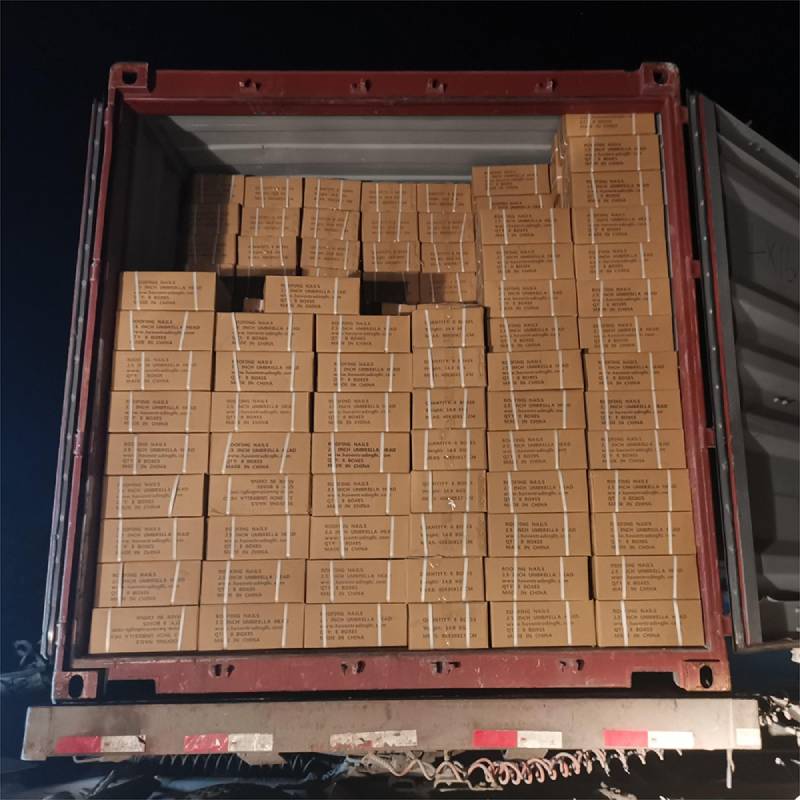Hexagonal Wire Mesh for Versatile Applications in Construction and Agriculture
The Versatility and Applications of Hex Wire Netting
Hex wire netting, also known as hexagonal wire mesh, is a type of woven wire material that has become increasingly popular in various fields due to its strength, flexibility, and versatility. Made from high-quality steel or galvanized wire, hex wire netting features hexagonal openings which provide a unique combination of durability and adaptability, making it ideal for a multitude of applications.
Historical Background
Hex wire netting has a rich history that dates back to the early 19th century when it was initially used for agricultural purposes. Farmers quickly recognized its utility in fencing livestock and securing crops from predators. Over the decades, the use of hex wire netting has expanded significantly, finding applications in construction, landscaping, and even artistic endeavors.
Construction and Engineering Applications
One of the most notable uses of hex wire netting is in the construction industry. It serves a critical function in various forms of concrete reinforcement. When added to concrete structures, it helps maintain the integrity of the structure, improving its tensile strength and preventing cracking. Additionally, hex wire netting is often used in the construction of retaining walls. Its flexibility allows it to adapt to the contours of the earth, providing stability and durability to structures that face lateral pressure from soil and water.
Wildlife and Environmental Protection
Hex wire netting plays a significant role in wildlife and environmental protection. It is frequently employed in the creation of exclusionary fencing to keep animals away from sensitive areas such as gardens, roads, and endangered habitats. The mesh's durability ensures that it withstands the elements, while its visibility helps prevent wildlife from attempting to breach the fence, reducing the risk of injury or death.
hex wire netting

Moreover, hex wire netting is utilized in erosion control practices. When vegetation is established alongside the netting, it creates a barrier that helps stabilize soil and prevent runoff. This application is particularly relevant in areas prone to landslides or erosion, making it an essential component of sustainable land management strategies.
Landscaping and Garden Use
In landscaping, hex wire netting can be an attractive and practical solution for various projects. Gardeners often use it to create trellises for climbing plants or as protective barriers for young trees and shrubs. The hexagonal openings allow for adequate sunlight while providing stability and support for growing plants. Furthermore, hex wire netting can be a stylish addition to modern garden designs, blending functionality with aesthetic appeal.
Artistic and Creative Applications
Beyond its conventional uses, hex wire netting has also found a niche in the art world. Artists and designers are increasingly incorporating the material into their work to create sculptures, installations, and even functional art pieces. Its malleability allows for a wide range of creative expressions, making it a favorite among contemporary artists looking to explore boundaries between form and function.
Conclusion
In summary, hex wire netting is a multifaceted material with diverse applications across various industries. From reinforcing construction projects and protecting wildlife to enhancing garden aesthetics and inspiring artistic creativity, its versatility is unmatched. As technology and design continue to evolve, the potential applications of hex wire netting will undoubtedly expand, solidifying its place as a fundamental material in both practical and artistic contexts. Whether you are a farmer, a builder, a gardener, or an artist, hex wire netting offers a reliable and adaptable solution to meet your needs. Its enduring qualities ensure that it will remain a staple in various projects for years to come.
-
Space-Saving Chain Fence Hacks Vertical Gardening with Cyclone MeshNewsJul.16,2025
-
Innovations in Iron Nail Wire Production for Modern ConstructionNewsJul.16,2025
-
Creative Uses of Wire Netting Fence in Modern Landscape DesignNewsJul.16,2025
-
Barbed Wire Fence Innovations in Anti-Climb TechnologyNewsJul.16,2025
-
Architectural Uses of Umbrella Nails for Aesthetic Roof DesignsNewsJul.16,2025
-
Architectural Uses of Razor Barbed Wire in Secure Urban DesignNewsJul.16,2025




